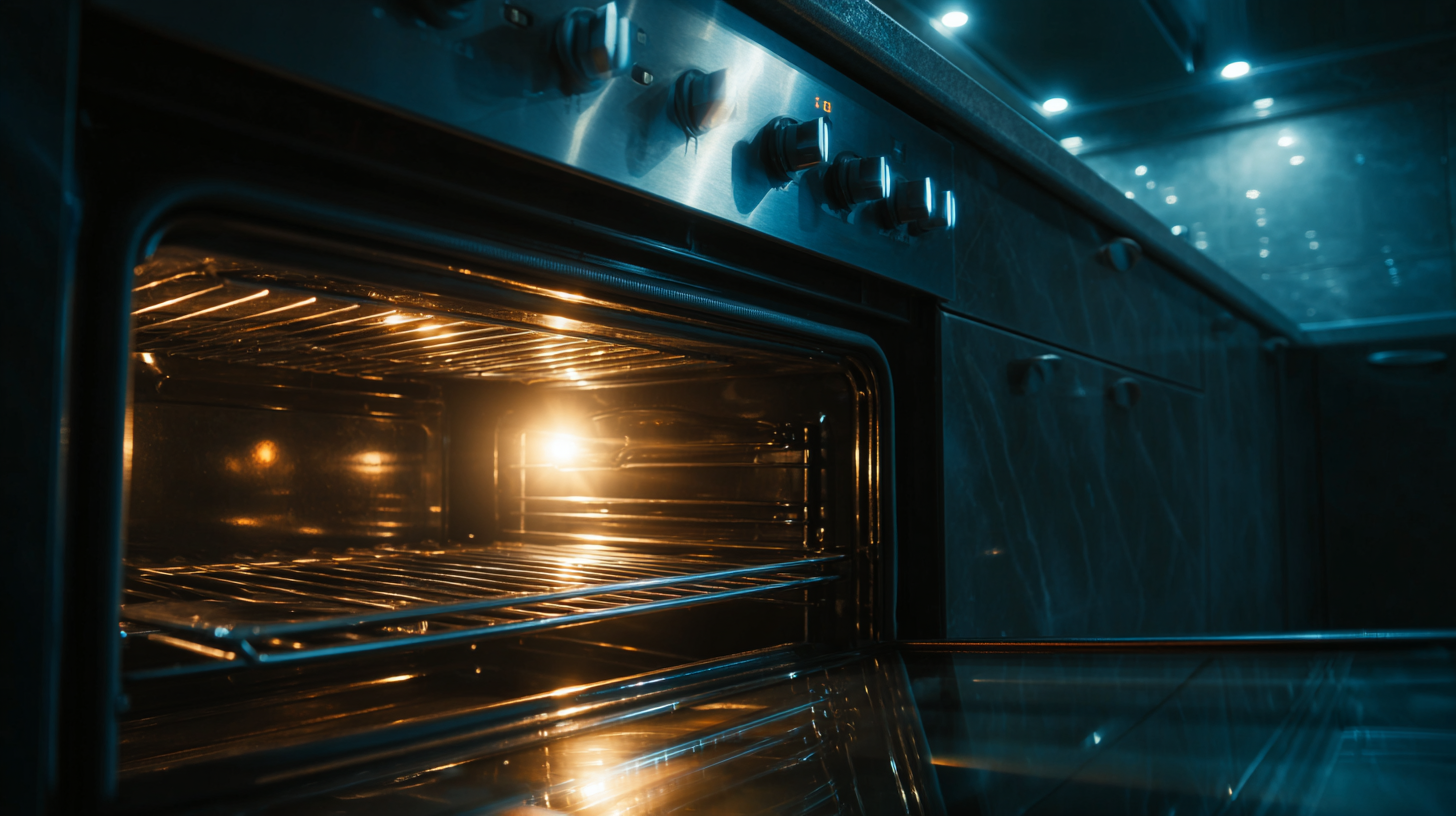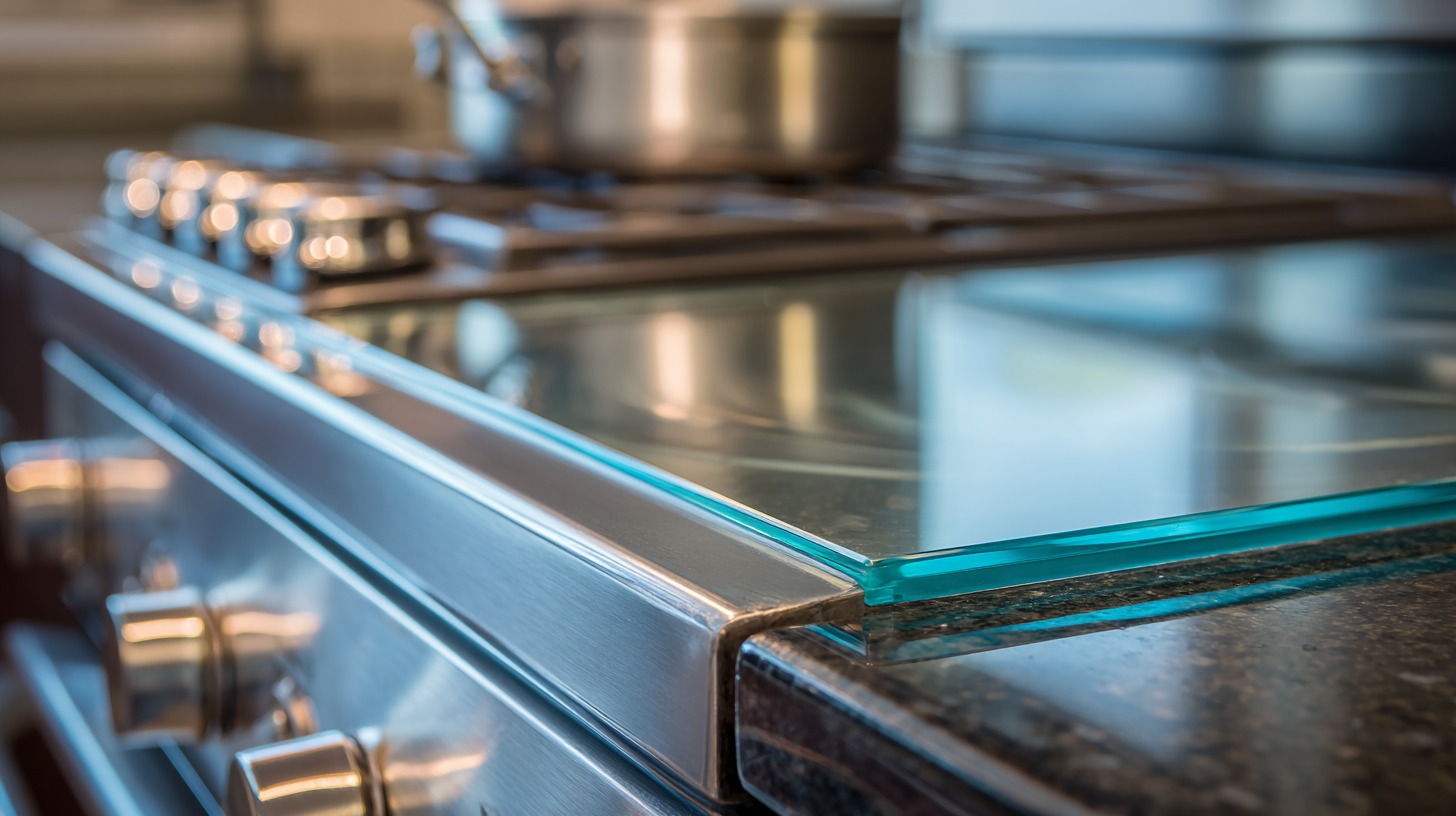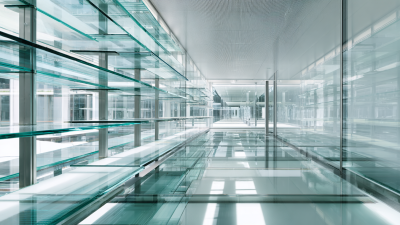
Tempered glass has become an essential component in modern stove design, providing not only aesthetic appeal but also crucial safety features. According to a recent market report by Research and Markets, the demand for tempered glass in household appliances, particularly stoves, is projected to grow at a CAGR of 6.2% from 2021 to 2026. This growth is primarily fueled by the increasing awareness of safety standards in kitchen appliances and innovations in glass manufacturing technologies. "Tempered Glass For Stove is not just about style; it’s about creating a safe cooking environment," says Dr. Emily Chen, a noted expert in material science and glass technology.
Incorporating tempered glass in stove designs offers numerous benefits, including resistance to thermal shock, which makes it less likely to shatter under extreme temperature changes. This property is particularly valuable in chaotic kitchen environments where accidents may happen. Furthermore, tempered glass is easier to clean, maintaining the aesthetic integrity of kitchen spaces while providing durability. As residential and commercial kitchens continue to emphasize safety and efficiency, the role of tempered glass in stove manufacturing becomes increasingly significant.

Tempered glass, often utilized in stoves and cooking appliances, undergoes a rigorous manufacturing process that enhances its durability and safety. The process begins with heating the glass to approximately 650 degrees Celsius (1200 degrees Fahrenheit), then rapidly cooling it. This method alters the internal structure of the glass, allowing it to withstand significant stress and temperature variations, making it nearly five times stronger than regular glass. According to a report by the Glass Association, this increased strength is crucial for stove applications, where thermal shock can lead to breakage and potential safety hazards.
In terms of safety, tempered glass also has the advantage of shattering into small, blunt pieces rather than sharp shards when broken, reducing the risk of injury. The American National Standards Institute (ANSI) emphasizes that the use of tempered glass in high-heat environments is vital to meet broader safety regulations. Additionally, its ability to handle extreme temperatures makes it ideal for modern kitchen designs, where aesthetics and functionality are paramount. As a result, tempered glass has become a preferred choice among manufacturers and consumers alike, combining both safety and style in cooking environments.
Tempered glass is a type of safety glass that undergoes a special heating and cooling process, making it significantly more durable than standard glass. This exceptional durability is one of the primary benefits of using tempered glass for stoves, as it can withstand high temperatures and resist breakage. Unlike regular glass, which can shatter easily under thermal stress, tempered glass is designed to endure sudden temperature changes, making it ideal for use in cooking environments where heat and thermal shock are a concern.
In addition to its remarkable heat resistance, tempered glass also offers aesthetic advantages. Its sleek appearance enhances the modern design of stove tops, providing a stylish solution for contemporary kitchens. Furthermore, its smooth surface is easy to clean and maintain, ensuring that any spills or stains can be wiped away effortlessly. The combination of durability, heat resistance, and visual appeal makes tempered glass a preferred choice among homeowners and chefs alike, optimizing both functionality and design in the cooking space.
Tempered glass is increasingly recognized for its essential role in various kitchen applications, particularly its use in stoves and oven doors. This type of glass undergoes a heating and cooling process that makes it significantly stronger than regular glass, allowing it to withstand high temperatures and thermal shock. As such, it is a popular choice for oven doors, where safety and durability are paramount. The transparency of tempered glass also provides a clear view of cooking progress, enhancing the cooking experience.
In addition to stove doors, tempered glass is widely used in cooktops, providing a sleek and modern aesthetic while ensuring safety. Its resistance to scratches and impacts contributes to a longer lifespan, making it an ideal material for busy kitchens. Beyond practical applications, tempered glass can be found in backsplash designs and cabinet doors, enabling homeowners to maintain a cohesive and stylish look throughout their kitchen space. Consequently, its versatility and reliability make tempered glass an integral component in contemporary kitchen designs.
 Tempered glass, commonly used in stove designs, offers several safety features that significantly enhance its reliability. One of its primary advantages is its ability to withstand high temperatures, often exceeding 200°C (392°F) without breaking. According to industry reports, tempered glass is four to five times stronger than standard glass, which makes it ideal for environments with rapid temperature fluctuations. This durability ensures that minor impacts do not lead to catastrophic failures, providing a safer cooking experience.
Tempered glass, commonly used in stove designs, offers several safety features that significantly enhance its reliability. One of its primary advantages is its ability to withstand high temperatures, often exceeding 200°C (392°F) without breaking. According to industry reports, tempered glass is four to five times stronger than standard glass, which makes it ideal for environments with rapid temperature fluctuations. This durability ensures that minor impacts do not lead to catastrophic failures, providing a safer cooking experience.
When selecting tempered glass for stoves, it's essential to look for products that comply with safety standards set by organizations such as the American National Standards Institute (ANSI) and the Glass Association of North America (GANA). These standards ensure that the glass can endure high thermal stress and impact without shattering. Additionally, the manufacturing process often includes a heating and cooling phase that enhances its strength, making it an optimal choice for home kitchens.
Tips: Always inspect tempered glass for any scratches or imperfections, as these can compromise its integrity. Additionally, consider using a glass cleaner free of ammonia, as harsh chemicals can damage the surface. Finally, ensure that installations are performed by professionals to maintain the glass’s safety features effectively.
Tempered glass has gained prominence in the kitchen industry due to its robustness and safety features, offering a stark contrast to traditional cooktop materials like standard glass and ceramic. A comparative analysis reveals that tempered glass not only provides superior thermal shock resistance but also boasts enhanced durability, making it a preferred choice for modern stoves. According to market analysis reports, the flat glass market is projected to witness significant growth, driven largely by innovations in glass technology that enhance energy efficiency and safety in household appliances.
Utilizing tempered glass in stoves provides several advantages, including ease of cleaning and aesthetic appeal. The resilience against scratches and impacts also ensures a longer shelf life compared to traditional materials. For instance, experimental studies show that tempered glass can withstand thermal stresses that would typically compromise ordinary glass or ceramic surfaces.
**Tips:** When selecting a cooktop, consider investing in tempered glass for optimal safety and performance. Regularly maintain the glass surface with appropriate cleaning solutions to preserve its pristine condition. Additionally, always consult the manufacturer's guidelines on temperature limits to avoid compromising the integrity of the glass.






